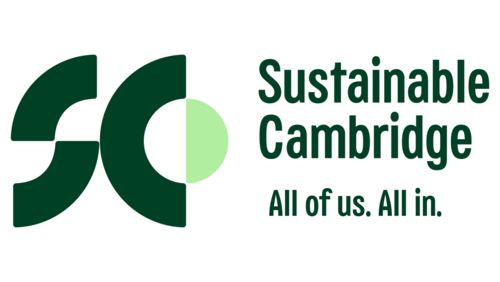
Waste Reduction
The things we throw out have a large impact on our health and the health of the environment. All of the items we put in our trash carts are either sent to a landfill or incinerated, and both processes can pollute our air and water. We can reduce this impact by reducing the total amount of waste we generate, and by making sure that the waste we do generate is separated so that some of the waste can be reused or recycled.
Progress Toward Waste Reduction
Progress on our Waste Reduction Goals
With 2008 as a baseline, our goal is to reduce trash 50% by 2030 and 80% by 2050. By recycling and composting, we’ve made significant gains. We have already reduced our trash by 30%.
Household Waste
Waste Per Household
Much of the waste generated in Cambridge households can be diverted from the waste stream, and instead be recycled or composted.
UNIT | Cambridge measures its progress towards the goal by using pounds of trash per household per week. When this is combined with data on the total tons of recycled and composted materials, we can see how well we’re doing with both reducing waste overall, and diverting waste into recycling and composting. | lbs/HH/wkPounds per Household per Week |
Cambridge measures its progress towards the goal by using pounds of trash per household per week. When this is combined with data on the total tons of recycled and composted materials, we can see how well we’re doing with both reducing waste overall, and diverting waste into recycling and composting. | lbs/HH/wkPounds per Household per Week |
